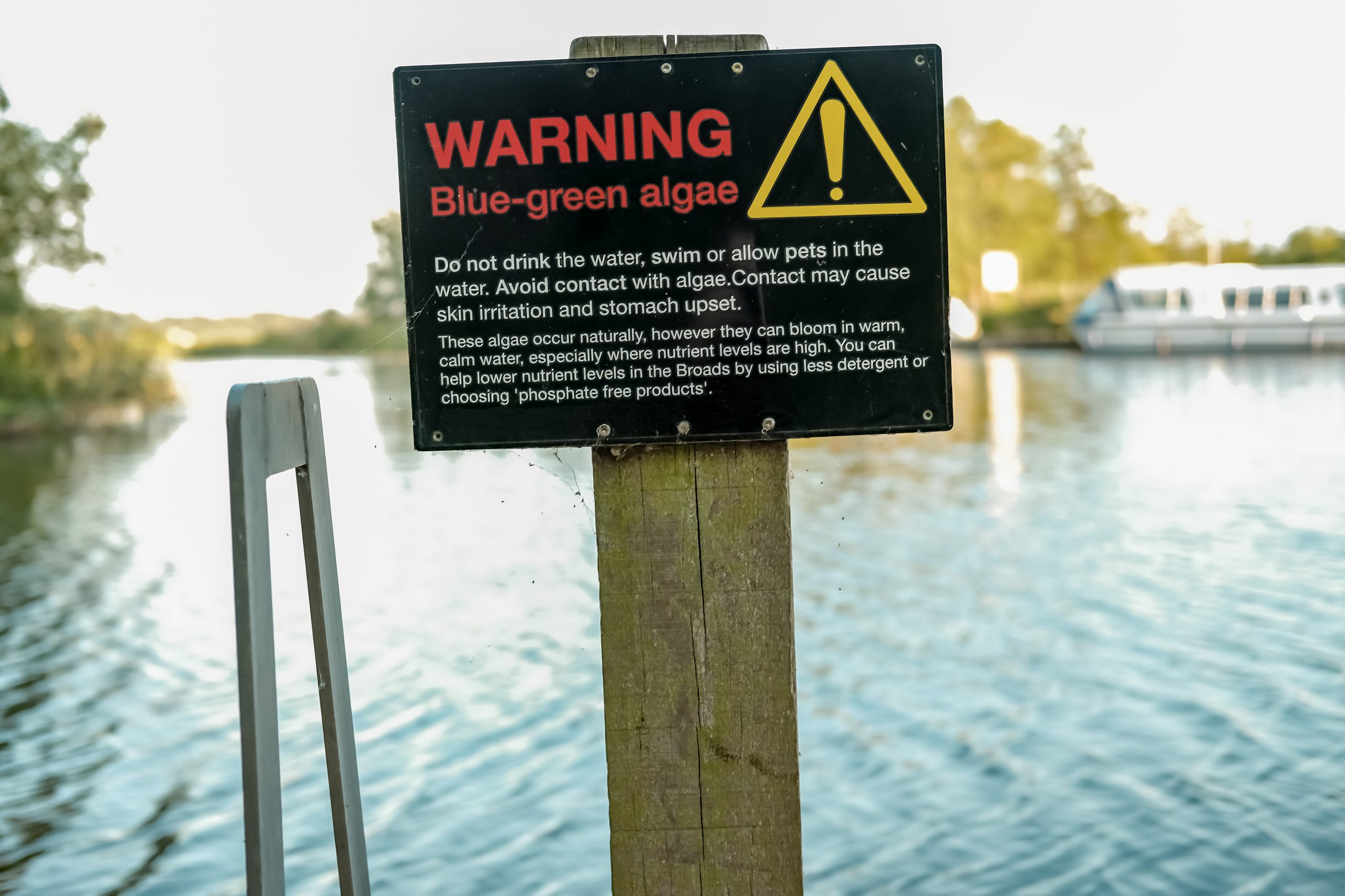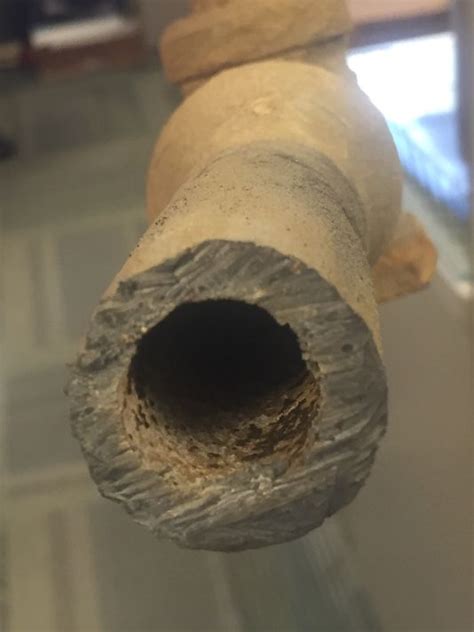The U.S. Environmental Protection Agency (USEPA) announced the Draft Contaminant Candidate List 5 (CCL 5), which provides the latest list of drinking water contaminants that are known or anticipated to occur in public water systems and are not currently subject to USEPA drinking water regulations. As directed by the Safe Drinking Water Act, the USEPA’s Read More
Author: TheUpdateStaff
New Cyanobacteria Assessment Network Web Tool Helps Monitor Water Quality
The U.S. Environmental Protection Agency (USEPA) released a new tool, CyANWeb, that can help Federal, State, Tribal, and municipalities identify when a harmful algal bloom (HAB) may be forming where people swim, fish, and boat. The tool uses satellite data to alert users based on specific changes in the color of the water in over Read More
LCRR Delayed
The water industry has additional time to prepare for the Lead and Copper Rule Revisions (LCRR), as the U.S. Environmental Protection Agency (USEPA) moved the effective date from June 16, 2021 to December 16, 2021. The USEPA also announced the LCRR compliance date has changed from January 16, 2024 to October 16, 2024. The delayed Read More
PFAS Funding Call to Action
AE2S echoes a recent American Water Works Association (AWWA) call to action for utility leadership to reach out to U.S. congressional delegates in support of the inclusion of funding for Per- and Polyfluoroalkyl substances (PFAS) treatment for drinking water systems and funding for PFAS management for wastewater and stormwater systems. The American Jobs Plan includes Read More
President Biden Signs Cybersecurity Executive Order
President Joe Biden recently signed an Executive Order to improve the nation’s cybersecurity and protect Federal government networks. It was executed in the wake of a $4.4 million ransomware attack on Colonial Pipeline in May that caused fuel shortages on the east coast of the United States. In February, a cyberattack on the Oldsmar, Florida Read More
USEPA Toxics Release Inventory to be Updated
The U.S. Environmental Protection Agency (USEPA) announced it will be updating the Toxics Release Inventory (TRI). The comprehensive plan includes expanding the scope of TRI reporting requirements to include additional chemicals and facilities, including facilities that are not currently reporting on ethylene oxide (EtO) releases, and providing new tools to make TRI data more accessible to the Read More






